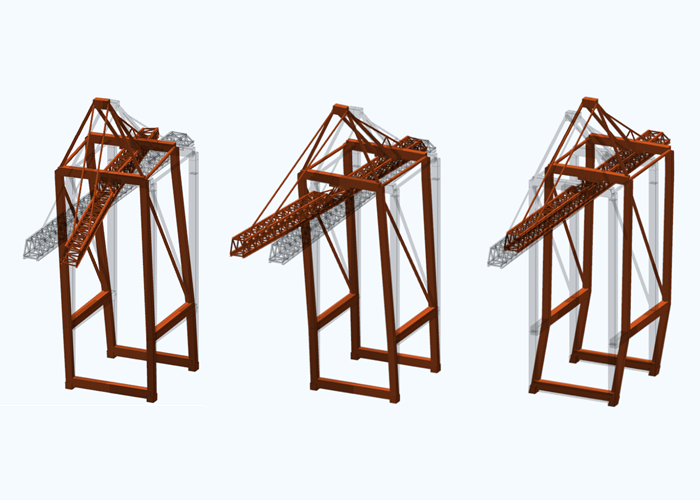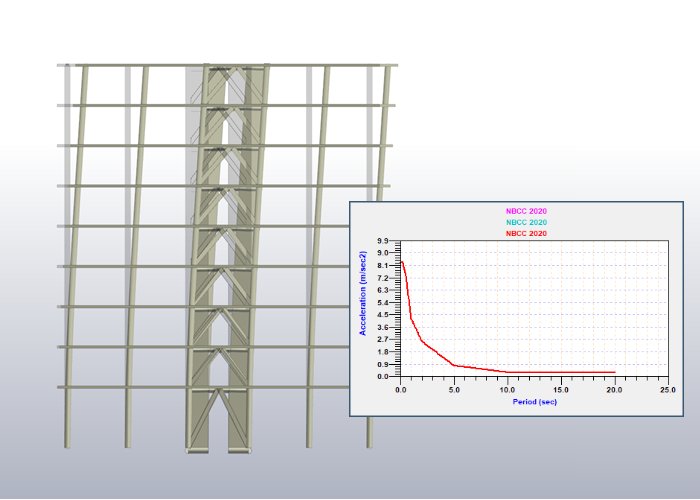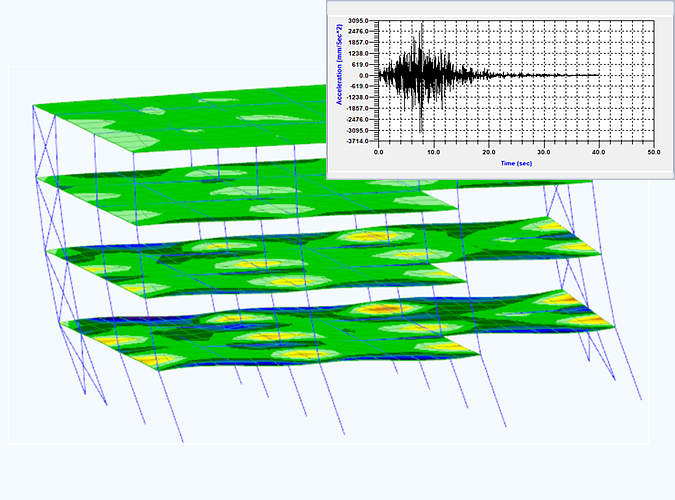
Why Should I Perform a Vibration Analysis?

Demystifying Seismic Loads

Terms of Use | Privacy Notice | Data Privacy Framework | Cookie Notice | DMCA | Whistleblowing |
© Altair Engineering Inc. All Rights Reserved.

Dynamic behavior is an essential structural characteristic that structural engineers should consider. The effects of dynamic loads (earthquakes, blasts, vibrations, or any time-varying loading) are often greater than static loads and can vary in magnitude at non-periodical time intervals, increasing the unpredictability and posing more risk of damage to structures.
These concise 20-minute presentations offer valuable insights and practical tips to understand how S-FRAME can help to simulate dynamic behaviors.
The topics we will cover encompass basic principles of dynamics, vibration analysis, time history analysis, employing past data to forecast your model's reaction, and interpreting the results of various analyses to understand structural behavior.

When performing any dynamic analysis, it is essential to understand the natural frequencies, modes of vibration, and more. Performing this analysis type is a good first step to any dynamic analysis problem and is a great way to troubleshoot your model. In this webinar, we will examine some helpful tips when running vibration analysis, how to interpret the results and show why this is a great way to identify potential model integrity issues early in your workflow.
Attendees will have a good starting basis for performing more rigorous dynamic analyses such as seismic, machine vibration, blast, or more.

The random nature of seismic events can make predicting accurate earthquake loads on a structure challenging. The Response Spectrum Method estimates the maximum response of a structure to Seismic Loads based on historical ground motion data, site parameters, and more.
This presentation describes how Structural Engineers can apply these estimated seismic loads and combine them with other loading conditions for their structural design. We will show the workflows involved in determining the forces and ensuing accurate responses to these loads.

Real-world conditions our structures are exposed to are not always static, so studying a structural model's response to dynamic loading is important. A time history analysis using S-FRAME can show how the structure behaves when subject to loads that vary with time. This time history analysis can be represented as one of the following:
This presentation discusses how to model these loads and observe a structure's response. We will discuss time step size, damping, and more.

Manager GTT
Altair

Specialist Engineer
Altair

AEC Support Engineer
Altair